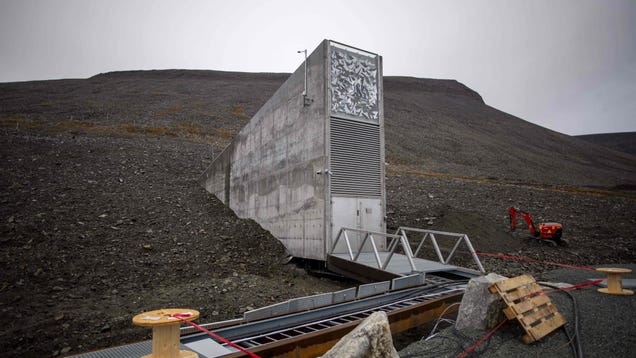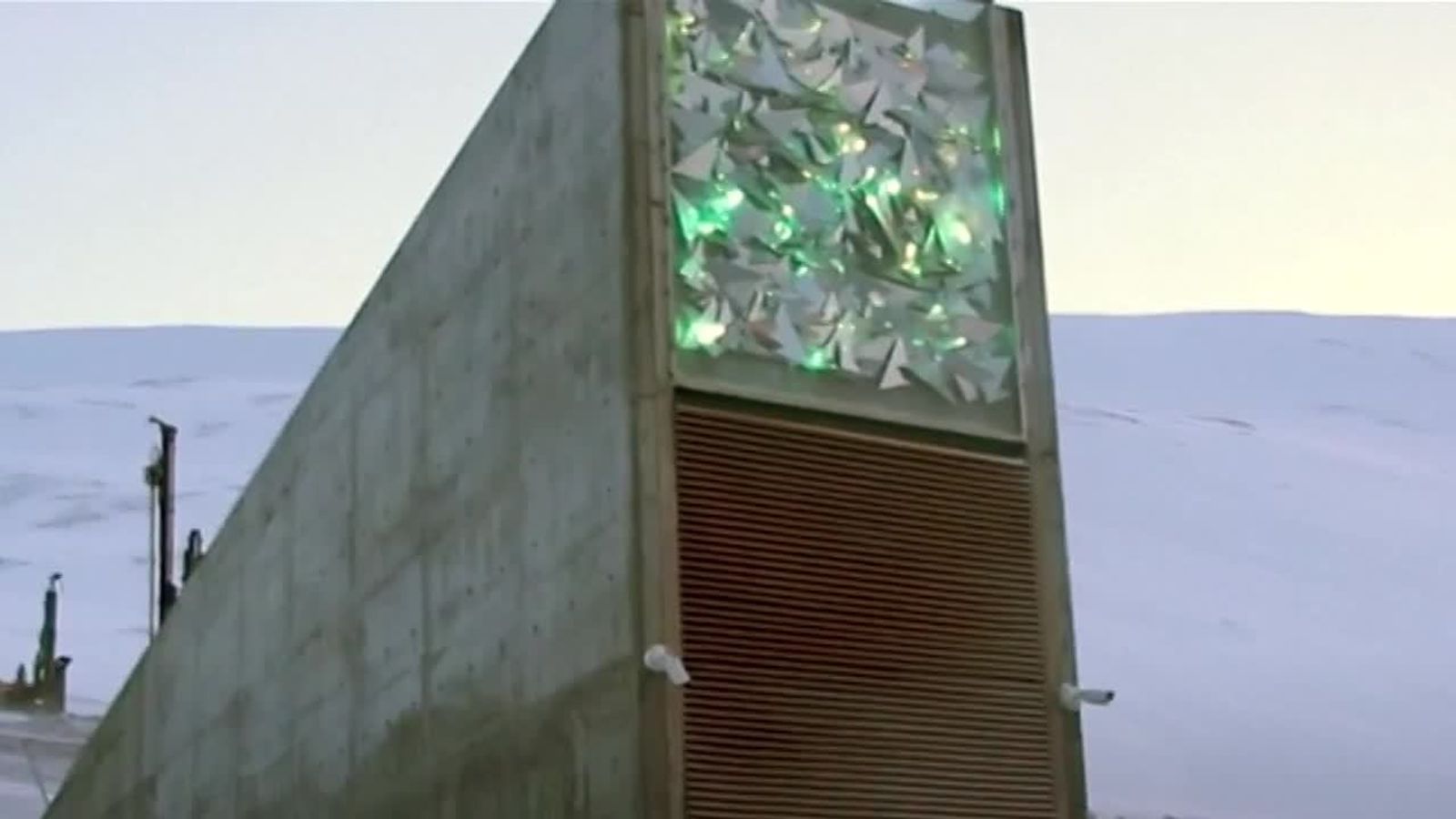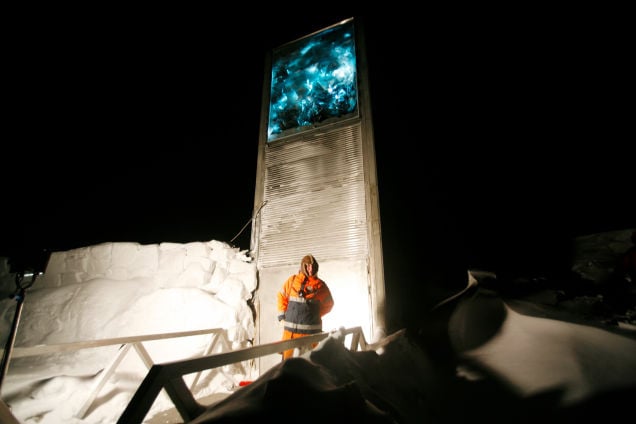

Svalbard is a highly protected area, with two-thirds of the island classified as nature reserves, national parks and sanctuaries. That’s not to say that hikers and tourists can’t come view it from the outside.

However, in the interest of preserving the seeds and preventing damage from too much footfall, the site is strictly private access only. In general, however, all seeds are accessed from regional banks long before they ever have to be removed from the Svalbard facility – designed to be a last-resort, “Noah’s Ark” of seeds.ĭark tourists, curious adventurers and “doomsday” obsessives alike have naturally expressed great interest in the vault, and there are growing calls for the site to allow visitors.

Once the seeds had been effectively multiplied, new seeds of the same variety were placed back in the Svalbard bank, as well as new regional seed banks. A large withdrawal of seeds was agreed between international parties and subsequently used to be planted in fields across Lebanon and Morocco. To this day, only two withdrawals have ever been made, following the destruction of another major gene bank during the Syrian civil war.

By today, the vault has had more than one million different samples deposited – a significant proportion of the world’s crop diversity (yet still scratching the surface of the actual biodiversity of our planet!). Following a period of construction, the bank officially opened on 26 February 2008. Svalbard was selected as the most effective location, due to its position above sea level, lack of tectonic activity and permafrost landscape. Set against the backdrop of the Iraq War, where rioters had destroyed a major seed bank and in doing so, lost certain ancient varieties of lentils and chickpeas, international interest groups were keen to prevent the irreversible loss of staple food crops ever happening again. Seed banks, or gene banks as they are also called, already existed in most countries worldwide (it is estimated that there are 1750), but no attempts to make a major, universal bank had been attempted before on this scale. Strictly closed off from the public, the vault is co-managed by the Crop Trust, the Norwegian Government and the Nordic Genetic Resource Centre (NordGen).īack in 2004, rising pressure from agriculturalists and scientists forced the Norwegian Government to consider the construction of a large-scale seed bank. Located within the Norwegian archipelago of Svalbard, this formidable seed bank rises dramatically from the mountainside – looking like the icy lair of a Bond villain. The remote location means that few people will disturb the seed vault, while the permafrost it's buried within serves as a natural freezer to preserve the seeds even without human maintenance (in fact, I'm pretty sure they found Captain America in ice not too far from here).Where to put the most important backup facility on the planet? Where is it most likely to survive the devastating effects of flooding, volcanic eruptions, meteor attacks, nuclear war or hurricanes? On the small arctic island of Spitsbergen, it turns out. The Svalbard Global Seed Vault's location–deep inside a mountain on a distant island in the Arctic–is very deliberate. Plus, more nations across climates and growing regions pooling their seeds together means more genetic diversity can be available to everyone. Keeping seeds in one comprehensive, well-maintained location with specialized staff and the best possible facilities allows for better protection of seeds. The "doomsday vault" serves as a backup because so many other seed vaults get destroyed, whether by natural disaster, human conflict, or lack of funding. It currently holds almost 100,000 samples from around the world, with the capacity to store billions of seeds (yes, billions). Many countries around the world now have gene banks, but the Svalbard Global Seed Vault in northern Norway is the motherlode.


 0 kommentar(er)
0 kommentar(er)
